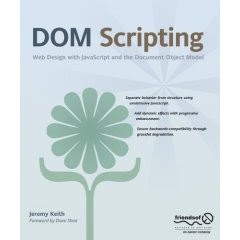
Hi, I helped a colleague out yesterday who was having trouble with his departmental website. On the face of it, it's a good site. It looks quite good and is fairly easy to navigate, although it has a low of content and could use a better menu system. What I found really interesting though was it's use of so many different server side programming langauges. The site generally uses ASP but some of it is written in Javascript which was never really used very much and some in VBScript which although was used greatly (and was the first language I learnt) is not used so much today since the release of ASP.Net.
There is also some CGI stuff using Perl which is completely outdated now. The most useful thing to do here would be to start again using PHP. The design could then be changed to give a better nav system and the current data still used since it is stored in databases. However, this would of course be at a cost but worth it if the site was required to expand.
So you see, by getting different developers to bolt new functionality onto a site you end up with a beast that is very hard to decipher. It's best to plan from the start what you want to do, how you want to do it and figure out as best you can what might need to be added to it in the future and work this in somehow. It's called scalability and is a very useful concept in web design.
Ok, that's enough of a rant for now. As I said the site doesn;t look to bad from the outside, but from a programming view point...
http://www.swslim.org.uk/
Ian


 I've been looking for a new book for the 'Progrmaming with Javascript' module that I teach for the University of Exeter since the present course material is a little outdated and it's getting more and more difficult to update it every year.
I've been looking for a new book for the 'Progrmaming with Javascript' module that I teach for the University of Exeter since the present course material is a little outdated and it's getting more and more difficult to update it every year. 